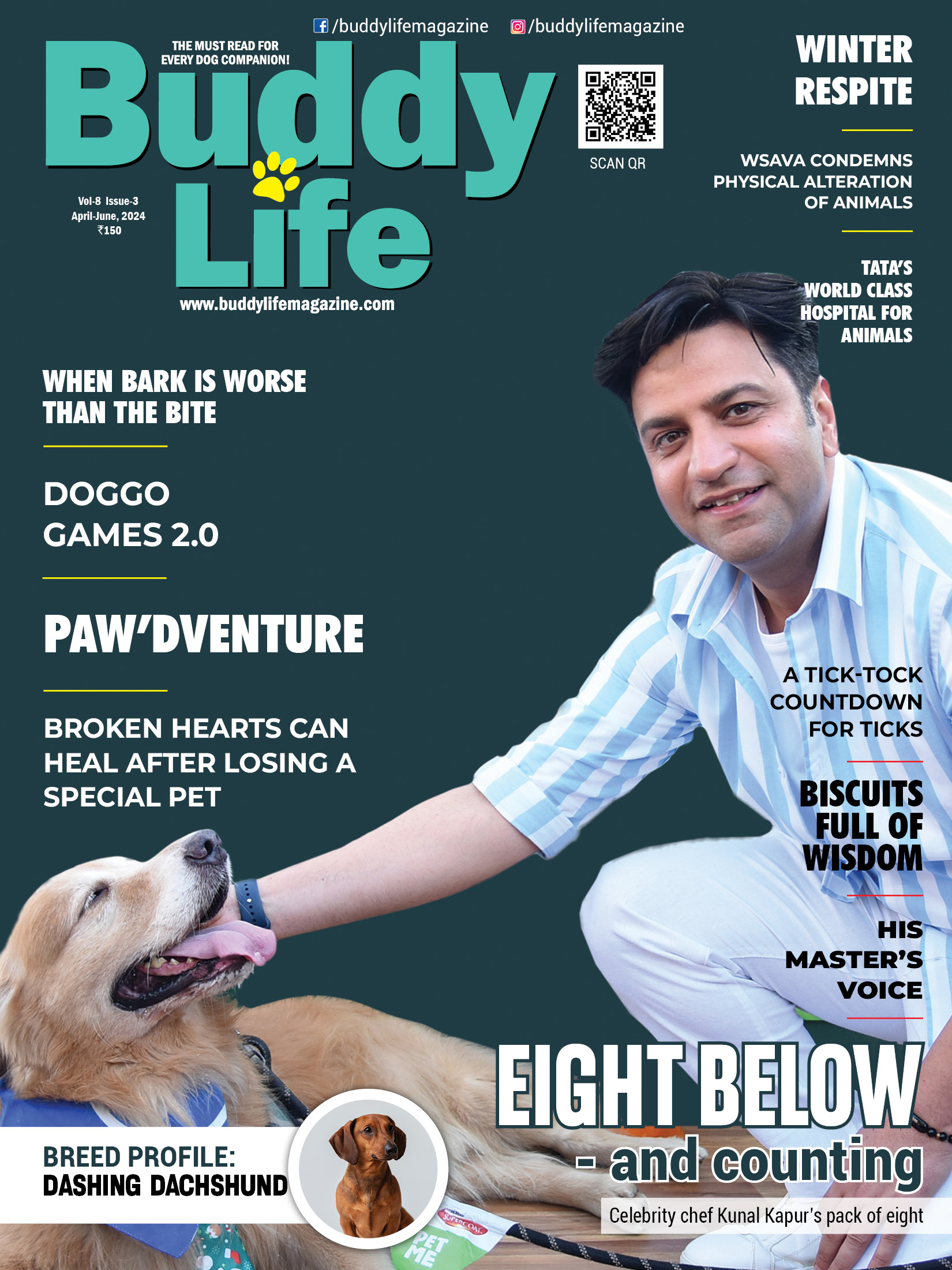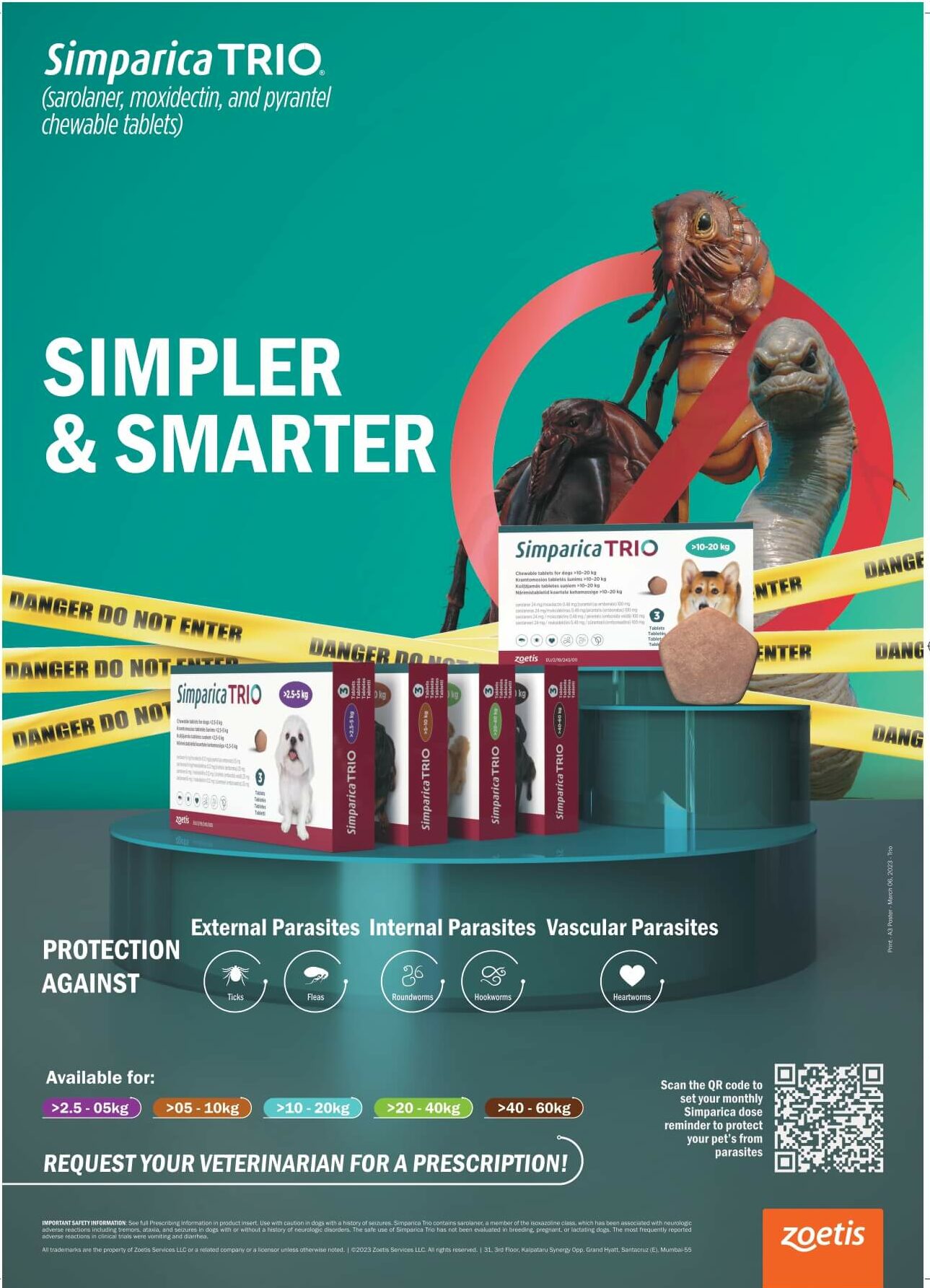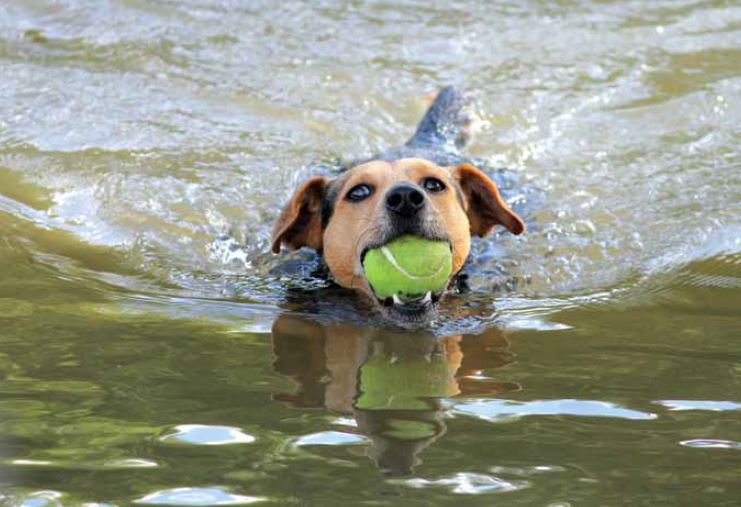
While more people fear snakes or spiders, with dogs everywhere, Cynophobia makes everyday public life a constant challenge
As a canine companion for 12 years now, I meet a lot of people who love dogs. I also met a few people who don’t. One such encounter happened recently just outside the side gate of our gated community. As I walked Bullet on the sidewalk one morning, we came upon a young woman in a purple robe walking briskly and listening to music on her headphones. I assumed she was on her way home from the main gate on the other side. It was one of those rare days when I didn’t have Bullet on his leash, and for whatever reason he found the woman worthy of further inspection. He galloped toward her, his head held high. The woman didn’t see or hear Bullet approaching, and he made it all the way to her side before she let out a horrified shriek.
“Get that dog away from me!” she screamed, pivoting stiffly to locate me, the irresponsible dog owner. I called Bullet back and apologized profusely. “I’m so sorry,” I said, as she fumbled to remove her headphones. “He’s friendly and just wanted to say hello.”
“You need to learn to control your dog,” she said, wagging her finger at me. “Dogs bite.”
“Bullet doesn’t bite,” I assured her. “He might lick you to death. But he doesn’t bite.”
She shook her head dismissively. “All dogs bite.”
I wondered if she really believed that. After all, Bullet hadn’t bitten her—even as she’d screamed and nearly fell on top of him. He’d simply backed away, his head down and his tail between his legs. As the woman walked off in a huff, I was sorry that we’d met this way. I would have liked to have a chance to speak with her about her cynophobia—her fear of dogs. Those who study animal phobias have found that while more people are afraid of spiders or snakes than dogs, living with cynophobia is considerably more challenging—especially today, as dog-wielding humans appropriate more and more public places. When I’d spoken to friends (and friends of friends) about living with a fear of dogs, they described a debilitating phobia that affects where they go and who they see. “For the longest time, I would never go to the park because I might come in contact with a dog there,” Nisha, a school teacher, told me. “I’d question everywhere I was invited. If there were a chance I’d meet a dog, I wouldn’t leave the house.” Nisha decided to face her fear only when she noticed her daughter mirroring it. “I didn’t want her to have to live like that,” she said. Nisha and her husband decided to get a puppy, and though Nisha initially kept her distance, she warmed up to the dog after a week or two. Today, she’s much less fearful when she sees a dog in public. “But I’ll still never be a dog person,” she told me. Like many women who suffer from cynophobia (men are considerably less likely to be afraid of dogs), Nisha can point to an early traumatic incident. When she was five, she fell and skinned her knees as a big dog chased her down a sidewalk. I heard similar chasing stories from others. Rahul Chaudhary, a law student, said a neighbour’s German Shepherd followed him for several blocks while he jogged as a young teenager. “But little dogs scare me now, too,” he said. “They can creep up on you and then start barking their heads off. You have no idea if they’re going to bite you or hump your leg!” Meghna, an Economics grad, who recently got her first job with an MNC, says, “Most people just tell me to get over it, as if it’s that easy.” She hates when coworkers bring their dogs to work. “No one bothers to ask if anyone’s bothered by it.”
How Does the Phobia Begin? Both children and dogs are naturally curious, and you may have been jumped on by an overexcited puppy or growled at by a large watchdog as you approached a fence. A large dog can make a major impression on a small child, even if no actual attack occurred. The negative experience need not have affected you directly. Many parents warn children about approaching strange dogs. A child’s fertile imagination combined with an incomplete or even erroneous understanding of dog behaviour could lead to a full-blown phobia of dogs. Or, even if you weren’t the victim of an unpleasant encounter yourself, you may have seen someone else being chased or bitten. If the person was physically hurt, and if he/she is a close friend or relative, you’re even more likely to develop a fear of dogs. Last of all, you may have acquired your fear of dogs indirectly—possibly from a parent with cynophobia, or from the media. A theory devised by evolutionary psychologists holds that a fear of dogs gradually evolved as a survival mechanism many years ago. It would have been useful, in the days when hungry wild predators roamed, to be afraid of dogs and to get out of their way! As with many other anxiety disorders, a person may have a genetic predisposition to developing a phobia such as cynophobia. But genetics do not necessarily mean that you will develop it. Your environment and experience can have a great influence on whether you develop a phobia or not. If you’re not sure if you have cynophobia or you simply don’t prefer dogs, ask yourself whether you go out of your way to avoid dogs whenever you can. Does the perceived need to keep dogs out of your life interfere with your daily functioning? Do you feel like you are having a panic attack when you see a dog? Do you recognize that your fear of dogs is not only excessive but also unrealistic? You may have cynophobia. The fear may begin with a German Shepherd or a Rottweiler, or something that is stereotypically trained to be vicious. But if you’re conditioned to think they’re dangerous, that fear gets generalized to, say, Pomeranians and Lhasa Apsos.
The symptoms: Like all phobias, the fear of dogs can vary dramatically in severity from person to person. You might fear only large breeds. Some individuals will start to have symptoms even when they are just thinking about potential contact with a dog, while the symptoms in another person begin only when the person is exposed directly to a dog. Typically, a person with cynophobia begins to experience significant dread, anxiety, and worry at the thought of being exposed to a dog. They will try to avoid any situation in which they might be around a dog. Common reactions include running away, freezing in terror, and attempting to hide. You might shake, feel nauseated or disoriented, or even begin to cry. Anticipatory anxiety frequently occurs in the days leading up to a known confrontation.
How to overcome the fear: Because dogs are so popular as pets and companions, avoiding them can be nearly impossible. You might find yourself limiting contact with dog owners, even to the point of avoiding family gatherings. One way to minimize the risk of developing cynophobia is to interact with a dog as soon as possible after a personal or witnessed negative encounter with a dog. If you have a friend, loved one, or neighbour who has a well-behaved dog, ask if you or your loved one who has a fear of dogs might spend some time with him. Educate yourself. Read all you can about dogs. Just learning how rare it is to be bitten by a dog may be comforting, the same way it can be comforting to know how unlikely it is that something bad will happen to your airplane when flying. Also, try to get help. Share with your loved ones that you have an irrational fear of dogs. And ask your health care provider for the name of a therapist who treats phobias and who could help you overcome cynophobia. Recognizing your fear, discussing it with others, and seeking help will allow you to overcome your phobia.
To read more, subscribe to Buddy Life!










 " >
" >
 " >
" >